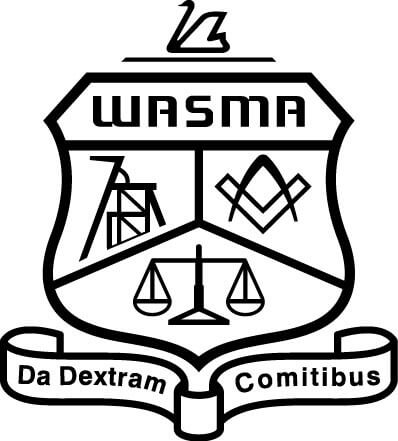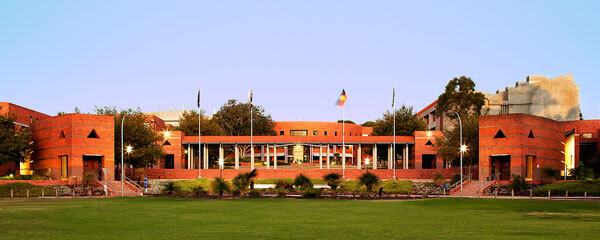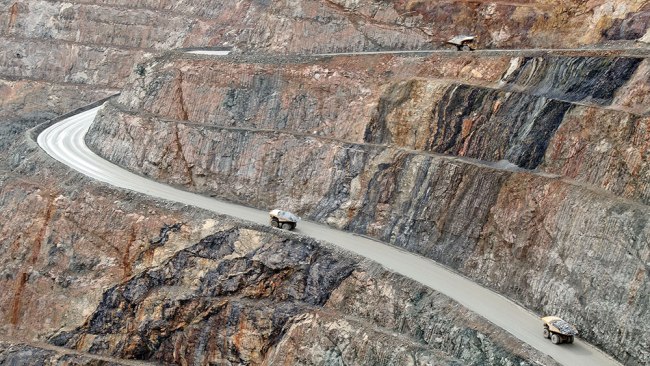Bethany Hiatt Education Editor
Staff at WA’s biggest university are bracing for cuts after fewer students than expected this year signed up to study, result- ing in a $16 million shortfall.
Curtin University Vice- Chancellor Deborah Terry warned staff a review of its first-quarter financial position had revealed that faculties would have to meet new sav- ings targets because first semester enrolments were below budget forecasts.
“While our latest enrolment figures are higher than last year, they are below budgeted levels,” Professor Terry said in a memo to staff.
“Our student income for 2017 is estimated to be nearly $16 million lower than budget. Given the importance of main- taining our strong financial position, savings are required across the university.”
Professor Terry acknow- ledged that many faculties had trimmed their budgets and the need to find more savings would put further pressure on
the delivery of services. “How- ever, we believe these addition- al savings are a necessary measure to ensure the longer- term financial sustainability of the university,” she said in the memo.
Professor Terry yesterday told The West Australian that lower than anticipated enrol- ments from international stu- dents and a fall in demand for engineering and science cours- es meant full-time enrolments were about 300 below target.
As a consequence, Curtin’s forecast revenue position was about 1 per cent below budget. She said the push to find savings was likely to mean delays in making staff appointments, starting projects or holding off on buying new equipment.“I think it will be tough but manageable,” she said.
The prospect of looming 2.5 per cent efficiencies, to be imposed in the next two years under the Federal Government’s proposed reforms to higher education, had prompted Curtin to take a “prudent approach” this year.
“We know that we’ve got to be well positioned to brace for these further cuts,” Professor Terry said.
National Tertiary Education Union WA division secretary Gabe Gooding said it seemed Curtin had been “overly optimistic” in budgetary forecasts.
“It’s unfair for staff to be put under further pressure and have increased workloads as a result of a failure of budgetary forecasting by the senior management,” she said.
Professor Terry said predicting student numbers was a complex exercise. About 150 Curtin staff lost their jobs last year because of faculty re- structures or because contracts were not renewed.
Albany Wave Energy project
WASM Graduate Dr Michael Ottaviano CEO Carnegie Clean Energy
Sky News Smart Money Interview with Michael
Commencement Date: 15th January 2018 (estimate)
Value: $30 million
The change of government in Western Australia over the weekend has been welcomed by one of the state’s most successful renewable energy companies, in a political shift that perhaps heralds a new era clean energy investment in the state.
ASX listed wave power and microgrid specialist Carnegie Clean Energy said on Monday that the election of the Labor McGowan government had confirmed the party’s $19.5 million funding commitment for Carnegie’s Albany Wave Energy Project.
The project, flagged by the company last month as contingent on a Labor Party win, aims to develop a 20MW wave energy farm off the coast of Albany, using its CETO 6 technology, pictured above.
According to Carnegie, Albany has one of the most consistent wave energy resources in the world, experiencing greater than 1 metre swell, 100 per cent of the time.
The project – which would likely have its beginning as a 1MW pilot – would be aligned with the regions existing infrastructure, including an existing wind farm.
At 20MW, the project would be Australia’s first commercial scale wave farm, demonstrating the potential to deliver 24/7 renewable energy into the grid. From there, Carnegie says, the 20MW farm could spin out to a 100MW facility.
All this is not new – Carnegie has been working on plans for a wave farm in Albany for nearly a decade and has spent over $1 million on studies, surveys and designs for the region, including site assessment, wave resource mapping, licensing and site design.
Now, it can also tick off a state government that is committed to back the project, after Western Australia’s Coalition government was convincingly beaten at the polls by the Labor party led by Premier elect, Mark McGowan.
Like other state Labor governments around the country, McGowan’s team promises to be more supportive of renewable energy development than its predecessor – although the party has recently backtracked plans to introduce a 50 per cent renewable energy target for the state.
Having revealed plans to draw at least half of the state’s energy from renewable sources by 2030 at a National Environmental Law Association conference in Perth in October, Labor energy spokesman Bill Johnston now says the party won’t introduce a target, but will have more ambition on renewables than the LNP.
“After the election, we will sit down with industry and the community to see what is achievable and affordable,” Johnston said in early February.
While many have criticised the party for its apparent backflip, Carnegie CEO Michael Ottaviano says his company is delighted to be working with the state’s newly elected government to deliver on the potential of wave energy at Albany.
“Wave energy justifiably demands the sort of investment that other power technologies, whether fossil fuel or renewable, have benefited from and the government’s $19.5million commitment is a strong step towards this,” he said.
Carnegie Clean Energy is also planning a 10 megawatt solar power station in Northam (Cordell Project ID # 7064723) to comprise of 34,000 solar panels on 25 hectares of land to deliver energy into Western Australia’s grid. The solar plant is also designed to allow storage in batteries in the future.
Super Pit Goes to China
China is poised to seize control of half the Kalgoorlie Super Pit after making a knockout bid of more than $US1 billion ($1.36 billion) for a stake in Australia’s most important gold mine.




